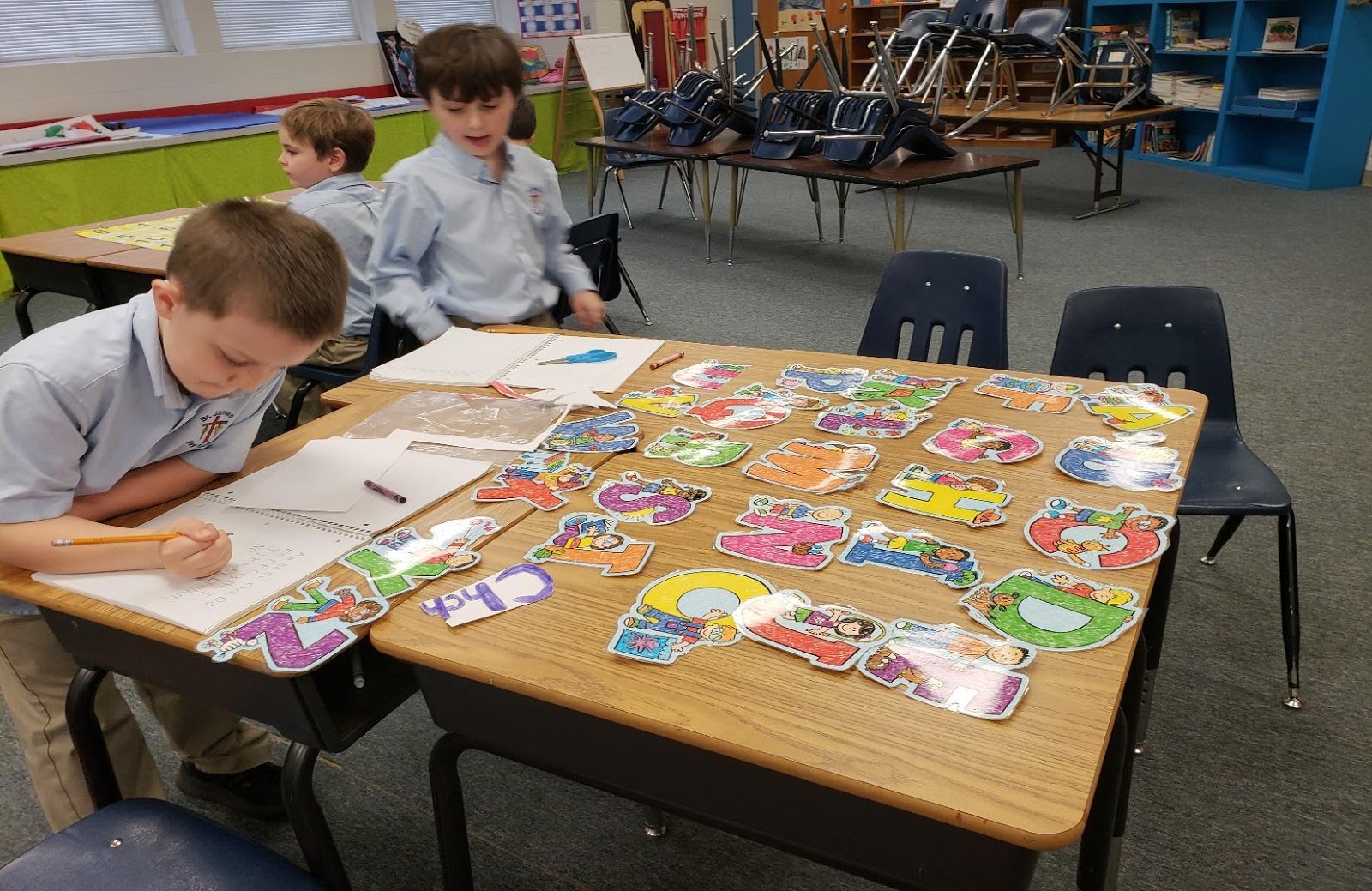Spanish class is very busy this week. Our students are currently learning parts of the body in Spanish. This week we are learning head (la cabeza), hair (el pelo), eyes (los ojos), ears (las orejas), and hombros (shoulders). Pre-k and kindergarten are watching children's videos over parts of the body. They are also drawing faces, pasting labeled parts on paper, and tracing the words. First and second grade are drawing and labeling faces as well as writing the vocabulary.
Third through sixth grade are reviewing parts of the body by watching children's videos, drawing and labeling, doing a vowel puzzle as well as a crossword.
I am using TPR (total physical response), a method developed by James Asher, in all of the classes. It involves me giving commands and the students acting out the command. An example is toquese la cabeza (touch your head). The students act out the command in groups, pairs, and individually. This method is effective and keeps the students' affective filter low, which is important when learning a language.
I am very fortunate to have the opportunity to teach at St. James. I look forward to a successful school year.













































